|
I am going to start blogging about the issues that are commonly found in poultry whether it’s commercial, rare breed chickens, heritage or show. Also, I will be covering more of what exactly we do and recent changes. I will have some extra spring help so it’s likely that we will have a few more videos and even some guest bloggers to share with you. Since there are potentially thousands of things that can go wrong with livestock, I want to talk about things we do to mitigate and what you can do to keep your birds on par. Basically what we do and how we do it. I don't have a script so it may be a bit disorganized. If there is something you'd like covered in depth feel free to email and I will take it into consideration for future publications. Due to the challenges that can arise from hatching eggs, we are no longer able to provide them. But we still offer them with our "free range" incubator program rental. This year was challenging raising so many pullets on pasture and keeping them separated by ages. Our profit from the Backyarder Rainbow Collection pullets is roughly $3 per bird at point of lay. We offer this collection as a labour of love and to share our chickens in an effort to help preserve the breeds we enjoy. The extra birds we raise from our breeding programs that are sold as meat have always proven the more profitable than our Rainbow Collection Program. I’m finding I don’t have the patience I once had a short decade ago and now that most of my breeding programs are established, I need a rest. For the next few years we will only be providing vaccinated female chicks to those locals who are interested in backyard hens. The birds will be vaccinated according to what is prevalent in B.C. We test for salmonella and influenza several times per year. At the farm level we can test for salmonella in real time. If you are selling birds I suggest you test for pullorum and influenza. If you are buying I suggest you buy them from a breeder who is diligent in testing for these. If you suspect pullorum or influenza in your chickens, you should report it right away. If you haven't read up on the Spanish flu of 1919, you should. A well written article will state that those who didn't die, developed a resistance or immunity to the disease. Thus the name of the blog title. It’s estimated by summer of 1919 that approximately 50 million died. Much much higher than the deaths associated with World War 1. Think about that for a minute. A pandemic took tens of millions more than a war. There are so many things that can affect a chicken, it’s impossible to test for all of them. Losing a chicken from time to time means that they are developing a resistance to whatever environmental conditions affect them. The environment in Alberta, differs from that of Ontario. So do the prevalent issues that may affect the birds. From those survivors who emerge will carry the torch forward for future keepers. It’s now my mission rather to help beginners as well as some of the online “experts” to realize that a 100% “clean” bird does not exist. Not commercially with broilers, heritage or hatchery. In most cases the best birds are those who survive and thrive in their immediate environment. Unfortunately, that’s not every chicken. Things happen well beyond the control of anyone. Let’s talk about what may affect poultry but not humans. These are common issues found in flocks. I advise that you should not destroy your birds in order to obtain "disease free stock". Unless you are operating a scientific testing facility with a triple secured barn with air and feed sterilizers, showering and changing between loading zone and in between the controlled access zone and restricted access zones your birds will in fact be exposed at some time during their life on pasture. A veterinarian that actually raises poultry can help you make the best decision going forward. Here are some facts about Marek’s since that seems to be the latest thing making its way around social media: Did you know that Marek’s is assumed in every flock? Marek’s disease is ubiquitous. This means it’s everywhere! It’s in your shoes, kitchen, it’s even in the air you breathe. Every flock is assumed to carry Marek’s. If you are afraid of pastured birds and desire a bird with no immunity and no pathogens, we can also provide those, however, mostly to institutions. They are quite expensive and the average poultry keeper will lose their birds within 3-12 months in a pastured type of operation or backyard with lack of strict bio measures. They must be fed a diet of sterilized feed and have air filtration as well as UV disinfection for both air and water. It should be assumed that most long-standing flocks carry an immunity to the Marek’s disease. Much in the same way that you and I don’t typically get the same flu virus that has already been encoded by our body. It’s the theory of how vaccination works. As we’ve said for years, we raise our birds on pasture so that they can already have some immunity before they go into your backyard coop. Our hatching procedures consist of sanitizing or fogging eggs prior to hatch which kills any type of potential external contamination. Marek’s is not vertically transmitted from hen to chick in ovo. Secondly, younger chicks are prone to issues with Coccidosis: Coccidia is a common protozoan parasite that affects all poultry between the ages of 4-16 weeks. It is commonly found in poultry operations and wild birds. Since this is present almost universally where poultry can be found, there are numerous solutions available to poultry keepers worldwide. Good management and low stress environments can mitigate the effects of this parasite. Pasture management can mitigate the effects but encounters with wild birds and previously rotated pasture may compound it. This is why we stress that you wear a designated pair of boots for the chicken coop. Recovered birds do not transmit it vertically. And there is Fowl Pox: Fowl Pox is also common in poultry. It’s spread by mosquitoes. It is advisable to control mosquito populations. If you live in Manitoba this doesn't just apply to spraying your chickens with deet, you need to stop it at its source by limiting the population growth by not letting them get the opportunity to feed on your birds. Many other issues can be transmitted by this flying vampire. But for the sake of our server we will save that for another day. We use granulated Boric acid in a solution of berry juice to feed mosquitoes and it has been helpful in controlling mosquito populations. Recovered birds do not transmit it vertically. But they will carry resistance to similar strains of fowl pox. Some diseases will rear their head during the winter months or can be brought on by stress. It can be exacerbated with shipping, mixing birds of different ages, and during establishment of the pecking order. In most cases a pasture raised or show poultry should have all of these situations figured out before they arrive. You should keep in mind when ordering birds that as much as we enjoy them, they are livestock. You should always order extras to allow for differing environmental conditions or predation in your area. You should not let them live in your house or cuddle with them. A normal bird - keeper relationship consists of a comfortable secured coop. The chicken’s role consists of producing you food, for show, or entertainment. Your role is caring for them and feeding them. Not to be an actual mother hen and raise them in the same fashion as children. Communicating your current situation and your goals to your breeder is the key indicator of success. I have to say that our customers are some of the smartest people we have met and they are thorough communicators when ordering. We also love getting the updates and pictures. In situations where you are adding birds in with an old existing flock, we do recommend that you let us know prior to ordering. You should always quarantine the new birds from the older birds. This is something we state clearly for a minimum of 30 days. If you are adding to an older flock, please let us know so that you can research whether you would like your new birds vaccinated for common issues that affect poultry such as Marek’s or Cocci. We feel that birds raised on pasture have a lesser bacterial load than if raised in barns. For this reason our breeders are only wintered over under cover or in barns during the periods that may expose them to migratory waterfowl that may carry highly pathogenic forms of influenza. In order to protect our friends and consumers, this is now how we operate. We feel comfortable that our birds have nearly the same immunity as commercial stock, without the added antibiotic use. We provide chicks from tested parent flocks that will thrive given the best opportunities. If you are interested in testing your flock or raising a parent flock for us, we would encourage you to contact us to talk about various opportunities we have available going into 2020. Our promise to you is we will continue to test for salmonella and influenza as every good breeder should. We will continue to raise our birds on pasture and strive for immunity in our flocks where it makes the most sense. If you have questions about testing or would like advice on testing your flock, please let us know. Remember 1 bird with a healthy level of resistance is worth 2 in the bush.
0 Comments
Here is a chicken theme desk calendar we made with you in mind. Please download free of charge. If you have any questions about the assembly, don't hesitate to email us at [email protected]. Click on the PDF file below to download the template. Hope you like it!
For those getting juvenile pullets this year I thought I’d share a bit for those who are new to poultry. I’ve skipped a few common sense things like how they also need water with their food.
The pullets you receive should be fed a free choice ration of 18-20% grower. Once they reach 16 weeks you can switch them over to a layer crumble or pellet. The majority of the Backyarder Rainbow Collection are at a juvenile stage in their growth and likely to molt one last time before laying that first coveted egg. If you notice missing feathers don’t fret, they will grow back. If you have birds in the 7-12 week age range you will need to handle gently at that time as they may be in a partial molt. It’s OK if you see chickens eat ground feathers. Sometimes they even eat their own feathers as a good source of protein. If it’s cold at night you can raise the level of protein to a higher percentage such as 22% to prevent feather damage. Minimize food scraps and treats (corn scratch) until your birds are already laying. They do not require heat at this time. They should be mostly feathered. But if you feel that it’s still too cold out you can supplement heat as long as you have a safe way of doing so. Fighting hens can be problematic if one draws blood. I suggest treating wound with an anti fungal or salve and placing duct tape over the affected area. The duct tape will eventually fall off after the wound has healed. Yes, hens have waddles and combs on their heads. However, if it wakes you up in the morning with a trumpet sounding song it’s more than likely a rooster. Most of our birds are soft feather meaning that they have fluffy feathers. Some that we raise have a more compact feather arrangement and they are known as hard feathered. It’s more likely that you will see feather damage in the soft feathered breeds of poultry. With the Backyarder Rainbow Collection, we allow you to pick one out of every 3 pack and we will pick the accompanying two. **Update: This blog was written during the 2019 season. Picking one out of every 3 pack does not apply for our 2020 Season onwards. We are only selling chicks at this time, no pullets available. We will pick all three breeds. We will also do our best to give a variety in egg colour. If you have any other suggestions to add to this list please feel free to email me. If you have any questions about the backyard rainbow collection here is a link: http://www.gradeehfarms.ca/laying-hens-backyarder-rainbow-collection.html Here are some vintage style chicken theme Christmas tags for all your holiday labeling needs! Some are designed with the avid chicken backyarder in mind. Of course we have a design that will spruce up your egg cartons for the holidays! There is something cute for the winter egg hatcher in your family too. And to make those fresh or frozen heritage chickens even more enticing for Christmas dinner, we have some nice labels to do the trick. There is a technique in putting the sticker on a frozen bird so if you plan to use these stickers on your sealed chicken in the freezer for Christmas gift-giving, please email us and we will walk you through the proper way to make label stick even on a frozen packed bird. There are two kinds of files available to download until December 25, 2018. The first one is a pdf file format made using Avery.com with label code 22808. The Avery round sticker labels are from Staples. We got them for less than $15.00 and it included 225 stickers, very good deal and a good investment for your family farm business labeling needs. But it's also perfect for everyday gift-giving or crafting. It's so convenient using pre-cut sticker tags! The second file is a jpg and this is best to use if you are printing on card stock or a plain sticker paper sheet. You can buy sticker paper sheets from your local dollar store for as low as $4.00 for 8 of the bond size sheets. If you have the 22808 Avery round label stickers and would want to narrow the above designs to just a few per sheet, "like" us on Facebook and you can request that we send you a specific design in a high resolution jpg file. Requests for a particular design can be made until December 23, 2018. Special Note: The above stickers can be used for personal gift-giving needs. For small family farm businesses, you have our permission to use our graphics to spruce up your regular product labels as long as you only make prints of 100 or less for each tag. Thank you!
I recently asked a customer if he would be interested in writing a guest blog about why their family choose to buy chicken from us and how they go about preparation. I first met this gentleman a couple of years back to turn over some table birds. It was the very first time someone had purchased chicken before speeding away on his motorbike. I’m always pleasantly surprised at how informed today’s consumers are and very thankful for people like D.S. who go out of their way to help out the small farmer. I’m speaking of the local small grower community, not necessarily just us. Here is his blog: "I've been purchasing Grade Eh Farms poultry for almost two years now. My wife and I like the fact that we can support a local farm, not only keeping our spending in the community, but hopefully helping to encourage and promote food security through breed diversity. We've all heard of examples over the years of crop/line failures due to mono-culture practices in larger farming systems. While understandable from a purely economic point of view, it makes little sense when such inbred crops/animal lines are much more susceptible to pressures from disease due to a lack of biodiversity. Family farms like that of the Nelson's help us retain biodiversity in our food systems creating greater food security. Good stuff! If you are considering supporting this type of food secure farming, kudos! You're helping your community and farming in general. There is, however, something you should know: throw all that you think you know about cooking chicken out the window. We're talking about cooking chickens that live like chickens; rather than a life in a pen for a bird that has been bred for little more than breast meat, you're about to prepare a bird that has been running around in a field and has the legs of a sprinter. Yes, there's less breast meat but it's not the prime meat. Dark meat is where it's at. That's where the flavour is. That's where a good chicken recipe transforms into a great one. Why should you think about how you cook one of these Grade Eh birds? Because these birds actually are out in the world getting exercise and feeding on the grasses, bugs, and other foods available. This means that the meat is denser than the gelatinous mass you see in the grocery store. You need to consider more than just cooking it through. Think about how you cook ribs or a brisket. It takes time to cook this type of meat because of the amount of collagen in the meat. That's the connective tissue in the muscle. Collagen needs time to break down under consistent heat so that it can covert into a soft gelatin, making the meat tender. So changing the time and temperature is where we're looking. Think low and slow just like ribs and brisket. It did take me some time to get it right for these chickens. The first couple of times I just didn't go low and slow enough. I was always worried about drying out the chicken like what happens with those store-bought birds. The thing is we're breaking down the collagen to gelatin which stays in the meat, keeping it moist. Also, starting the chicken off at a high temperature for a short time, 10 to 15 minutes, helps sear the skin to keep juices where they should be, in the meat. With this in mind, it's rather easy to cook a truly free-run chicken with some real meat on it's bones. I take a bit of a lesson from Lyn Hall's cookery course and advice from Amanda at Grade Eh Farms on cooking these fantastic birds. For a great bird like the Heritage Line here is a simple yet satisfying recipe to use (thanks to Lyn Hall for this one):
Cooking the chicken on its side allows the juices to run into the breast to keep it moist. It also exposes the dense meat in the legs to the heat of the oven. Adjust cooking time depending on the size of the bird. The jus is a thin sauce with an intense flavour made with stock and the juices from the roasting pan.
I hope this all helps with your foray into truly farm fresh chicken. Play with your existing favourite recipes a bit and see what you can come up with... then share. I'm always looking for great ideas for roast chicken! DS from Vancouver." |
Hello There!Thanks for dropping by. I'm Matthew Nelson, farmer of Grade Eh Farms. I post on where my love and passion for life intersect with family, farming, food, & chicken for the soul. Meeting ExpectationsFarmer's Blog Categories
All
Farmer's Blog Archives
December 2022
Interesting FindsBelow are links to websites that gardeners and chicken owners may find helpful and interesting:
Best source for backyard henhouses in BC. Locally-crafted chicken coops made of repurposed BC cedar:
DailyEggs.comUseful information on raising healthy, happy free-range hens:
A portion of our ordering policy was stolen from Legbars of Broadway. Thanks Philip. :-)
|
||||||||
- Home
- About
-
Our Chickens
- Amrock
- Laying Hens: Backyarder Rainbow Collection
- Grade Eh Meatball
- Grade Eh Urban Meatball "All-Female"
- Legbar (City folk)
- Jill Rees Cream Crested Legbar (Rees Line Cream Legbar)
- Bielefelder
- Silver Bielefelder (Bielefelder Kennhühner silber-kennsperber)
- Le Grand
- Spitzhauben
- Bresse
- Hungarian Yellow
- Ayam Cemani
- Light Sussex
- Other Breeds >
- Blog
- Live Bird Store
- ORDER LIVE BIRDS/PRICE
- Meat Shop
- Contact
|
CONNECT WITH US
|
© Copyright 2011-2024 Grade Eh Farms
Content of this site cannot be reproduced without express written permission.
Content of this site cannot be reproduced without express written permission.


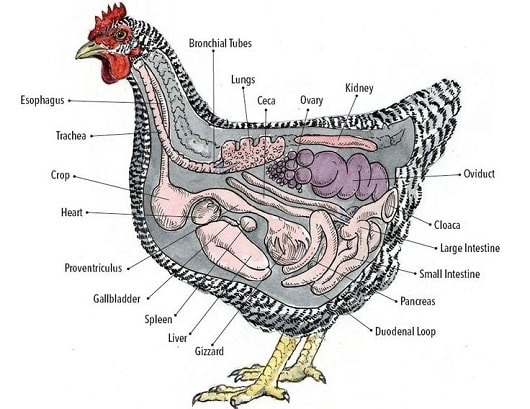
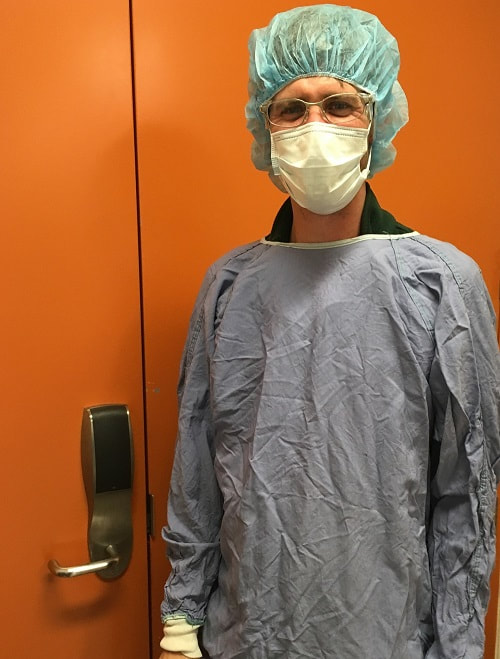

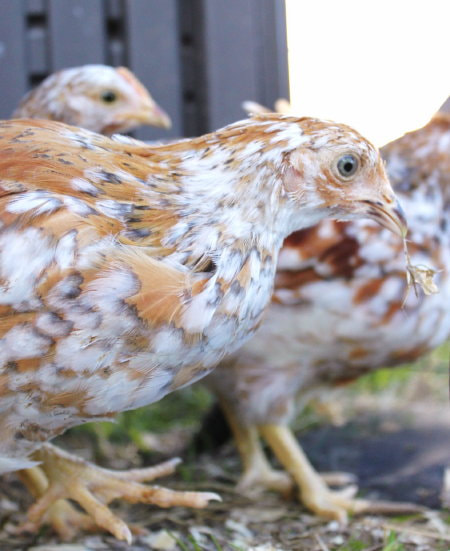
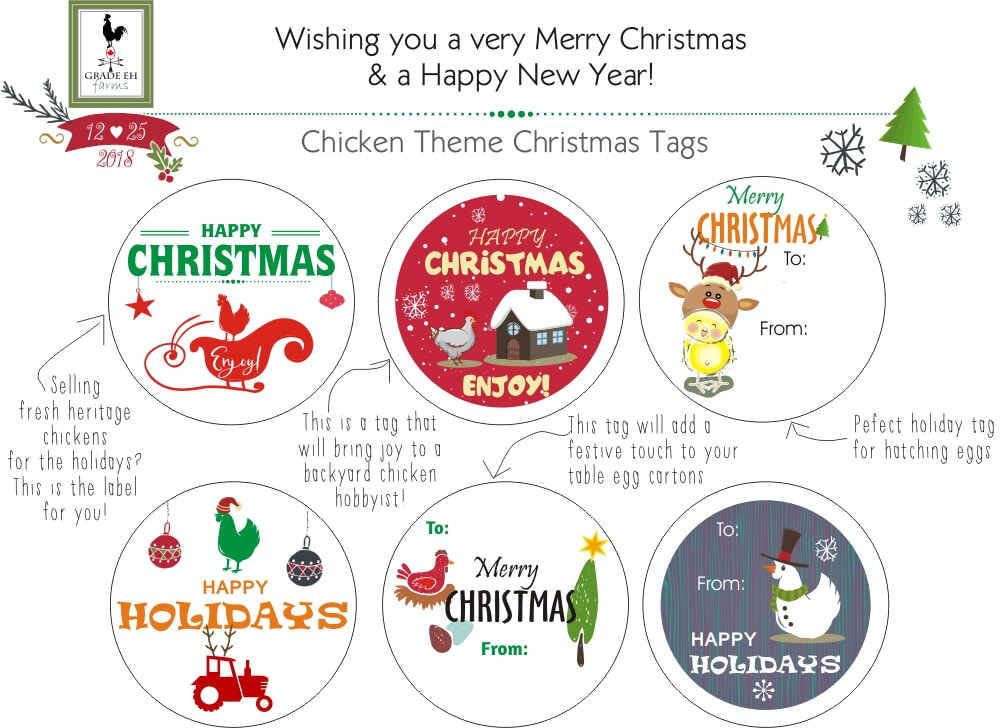
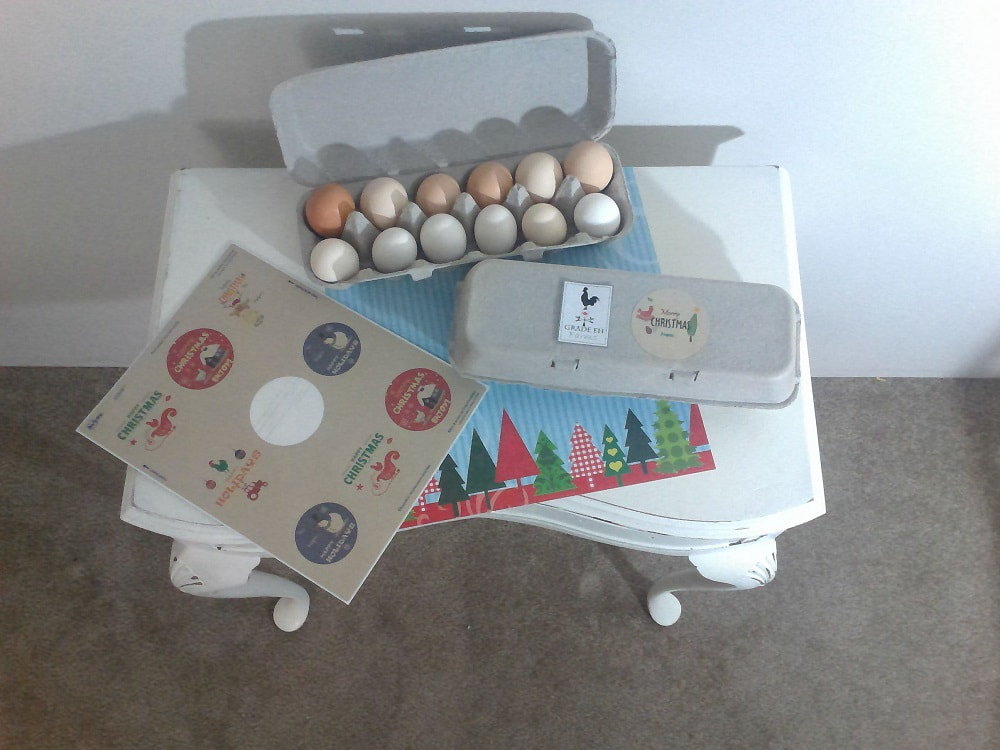
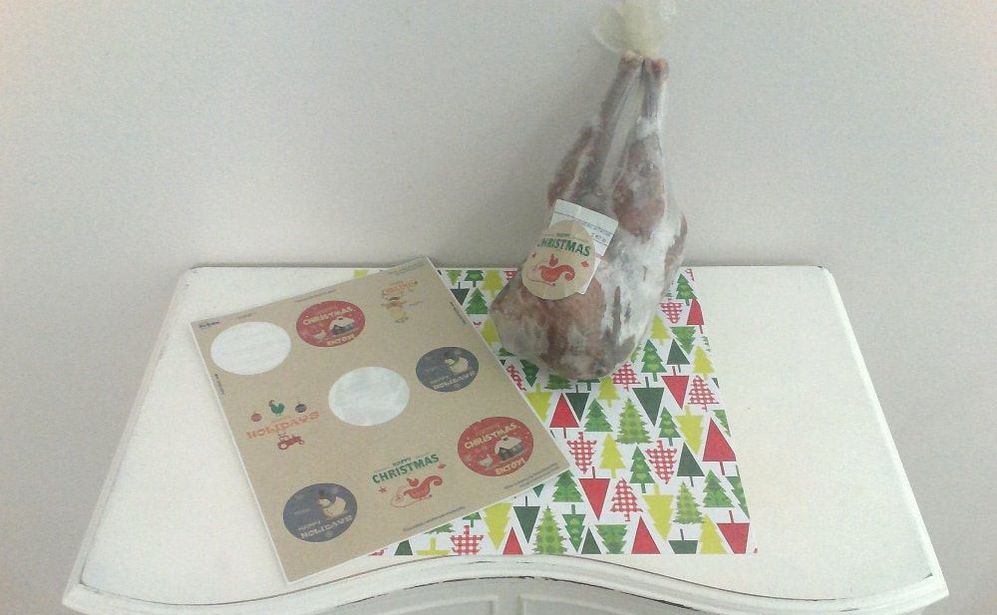
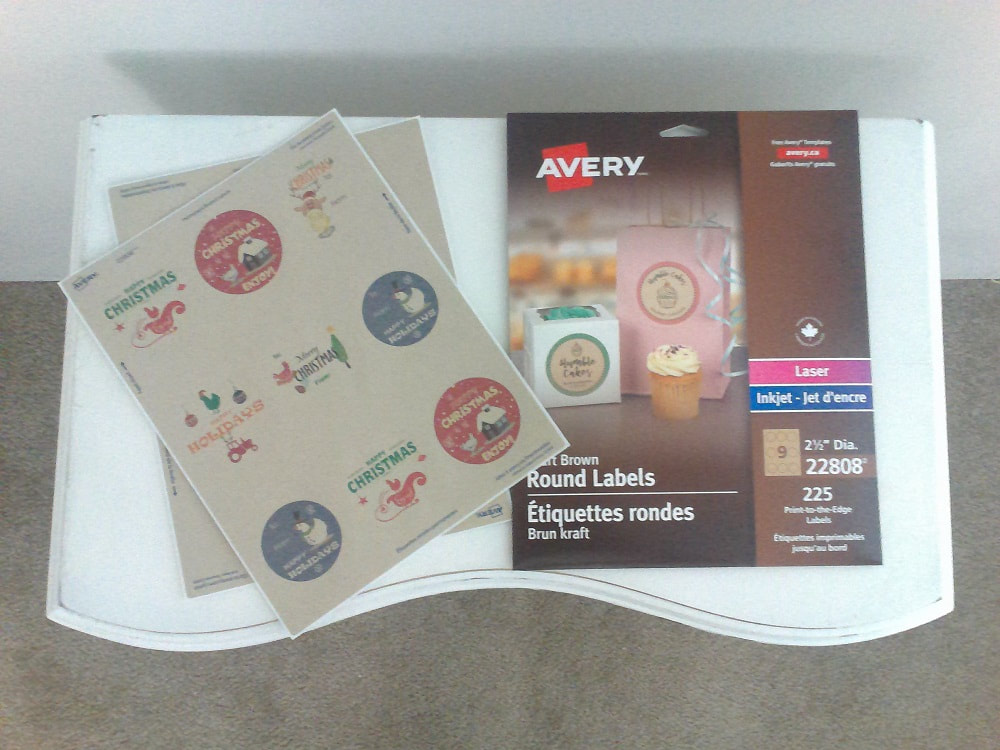
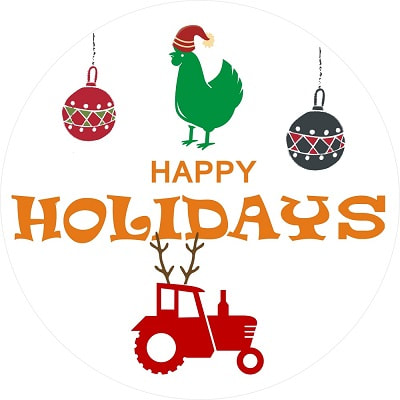

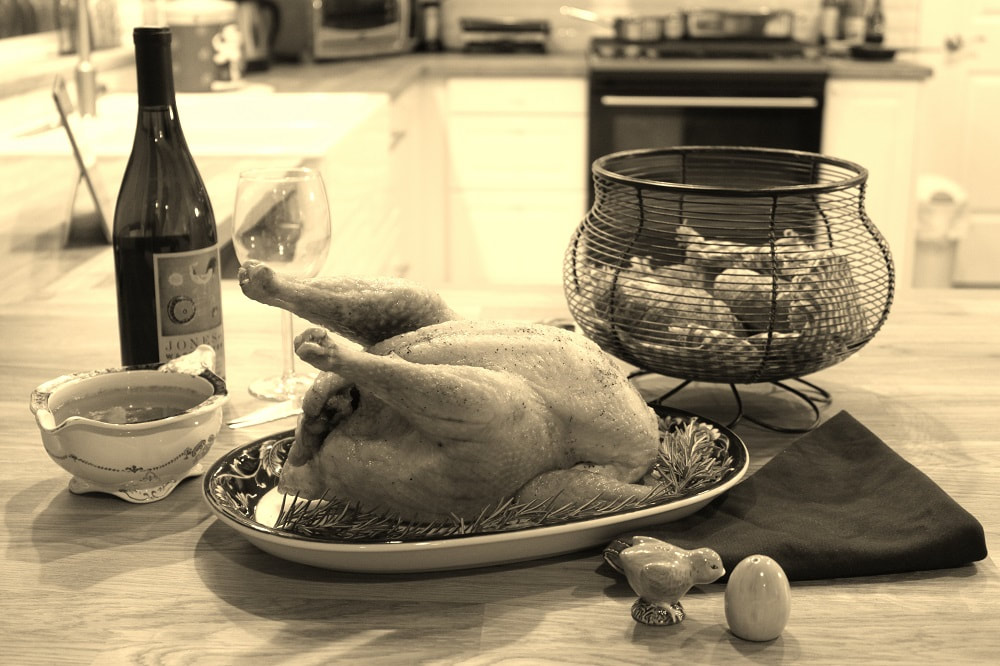
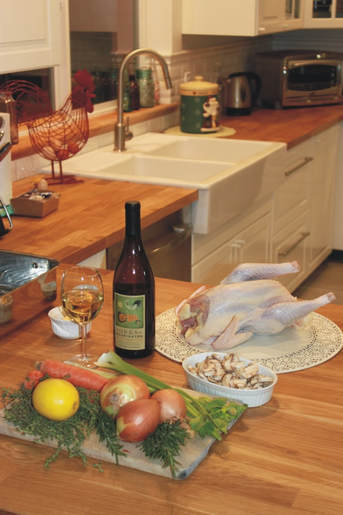
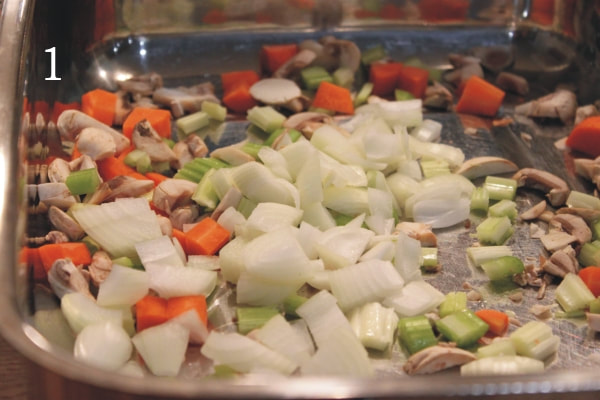
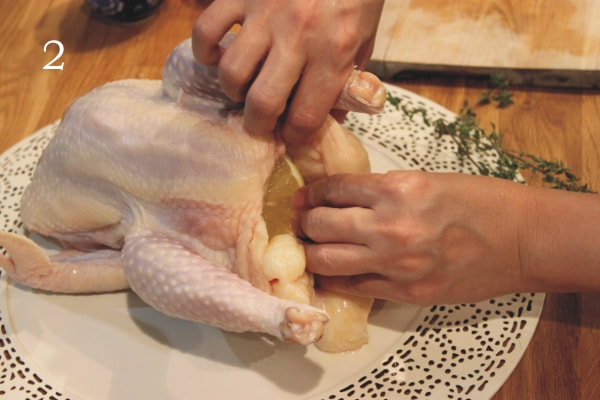
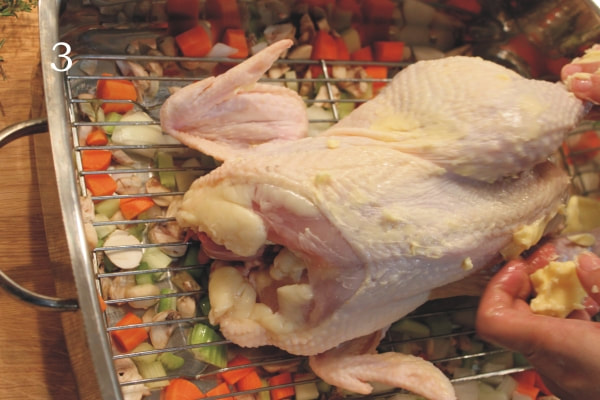
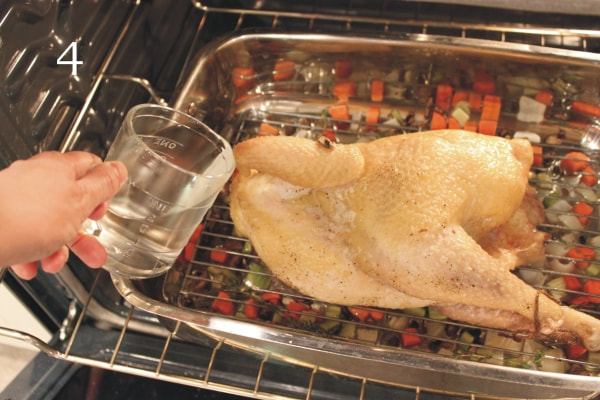
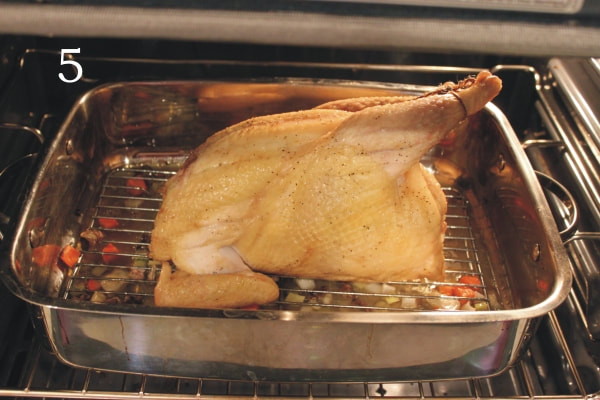
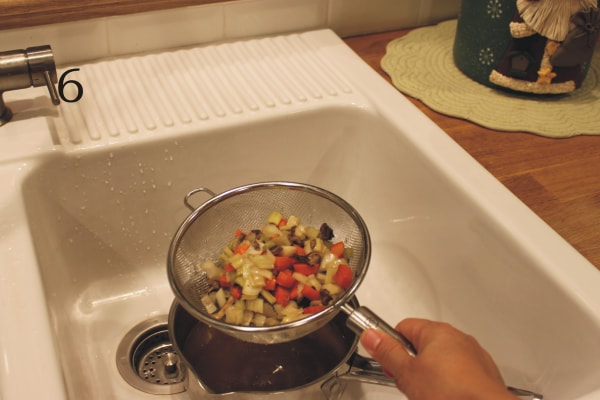
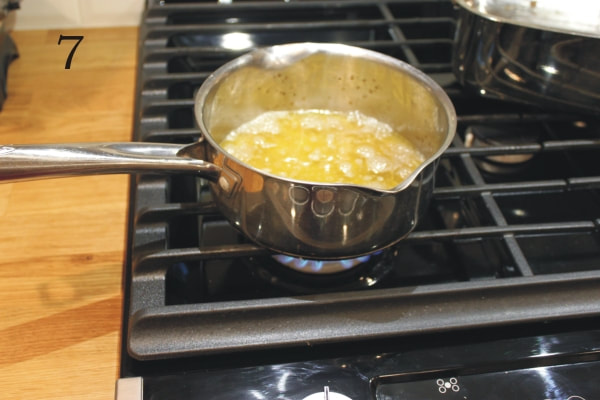
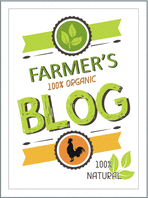
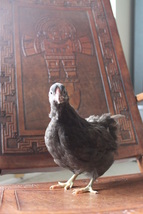
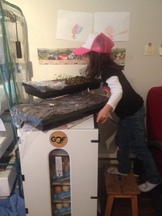
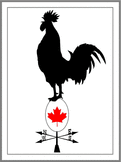
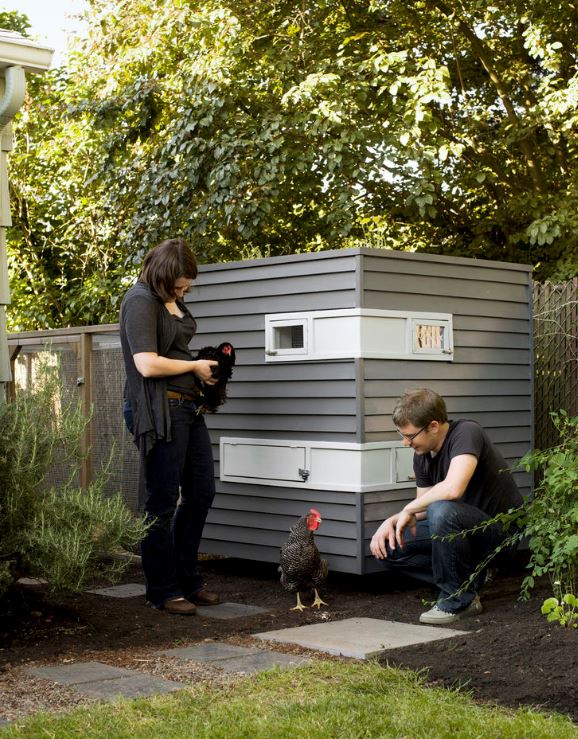


 RSS Feed
RSS Feed